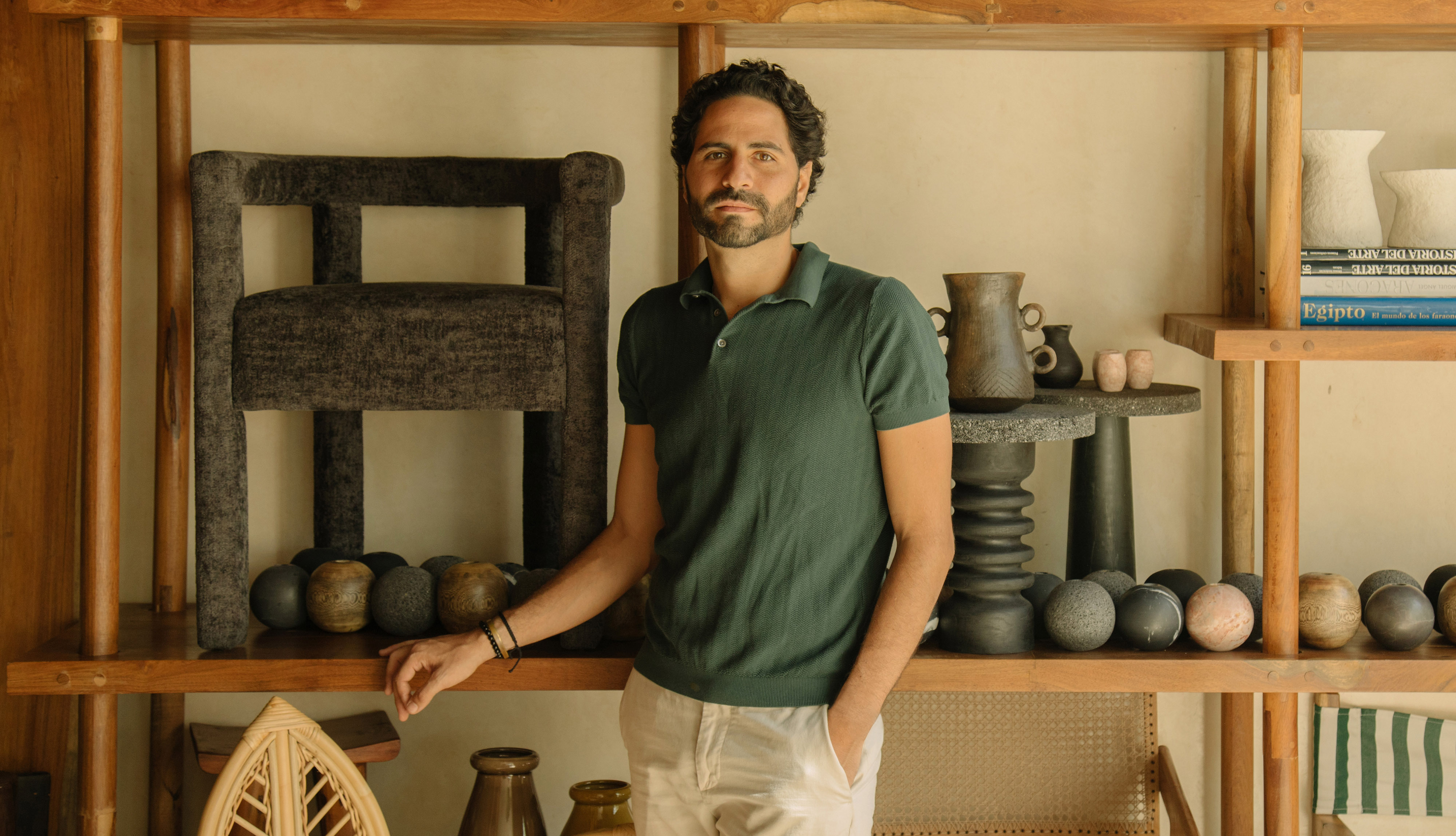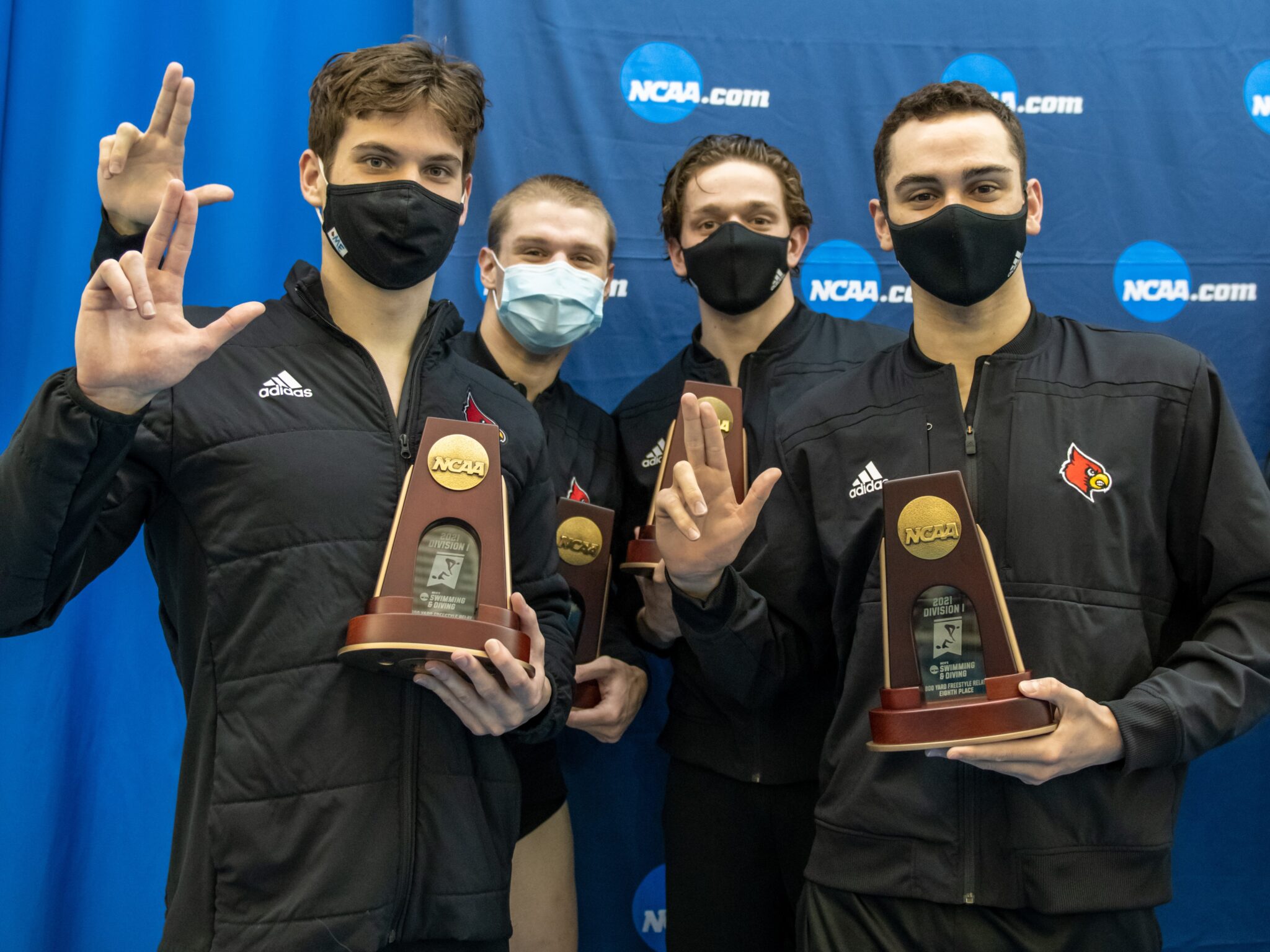The Cricket Bat Maker: Keeping The Craft Alive

Table of Contents
The Art and Science of Cricket Bat Making
The creation of a high-quality cricket bat is a blend of art and science, a meticulous process demanding years of experience and unwavering dedication. Every stage, from selecting the raw material to applying the final polish, requires expertise and precision.
Selecting the Willow
The journey begins with the selection of the willow. The choice between English Willow and Kashmir Willow significantly impacts the bat's performance. English Willow, renowned for its superior strength and resilience, is the preferred choice for professional cricketers.
- Characteristics of Good Willow: Straight grain, high density, and minimal knots are crucial for a durable and powerful bat. Identifying these qualities requires a keen eye and years of experience.
- Sourcing Challenges: Sourcing high-quality willow is becoming increasingly difficult due to factors such as climate change and unsustainable harvesting practices. Finding ethically sourced, premium-grade willow is a major challenge for cricket bat makers.
- Sustainability Concerns: The cricket bat making industry is grappling with sustainability concerns. Responsible forestry and the cultivation of willow plantations are critical for ensuring the long-term availability of this precious resource.
Shaping and Forming the Bat
Once the willow is selected, the intricate process of shaping the bat begins. This is where the true artistry of the cricket bat maker shines through.
- Tools of the Trade: Traditionally, hand tools were the primary instruments, demanding immense skill and precision. While some makers now incorporate machinery for certain steps, the core process still relies heavily on hand craftsmanship.
- The Shaping Process: This involves rough shaping, cleaving the wood to create the blade and handle, pressing the pieces together, and meticulously shaping the bat to the desired profile.
- Time and Skill: Creating a single cricket bat can take weeks, even months, highlighting the significant time investment and skilled craftsmanship involved.
Finishing Touches and Personalization
The final stages involve refining the bat's surface and adding personal touches. This is where the bat truly comes to life.
- Finishing Techniques: Oiling, sanding, and polishing are crucial for enhancing the bat's performance and aesthetic appeal. Different types of oil and finishing techniques impact weight, balance, and durability.
- Weight and Balance: Achieving the perfect weight and balance is critical for optimal performance. The cricket bat maker meticulously adjusts these factors throughout the process.
- Personalization Options: Many cricket bat makers offer personalized engravings or logos, adding a unique touch to each bat. This allows players to create a truly bespoke piece of equipment.
Challenges Facing the Cricket Bat Maker
Despite the enduring appeal of handcrafted cricket bats, the craft faces several significant challenges in the modern era.
Competition from Mass Production
The rise of mass-produced cricket bats presents a major challenge to traditional cricket bat makers. Factory-made bats, while significantly cheaper, often lack the quality, performance, and unique character of handcrafted equivalents.
- Handcrafted vs. Factory-Made: Handcrafted bats generally boast superior durability, performance, and a unique feel unmatched by mass-produced alternatives.
- Price Differences: The price difference reflects the significant investment in time, skill, and high-quality materials required for crafting a premium cricket bat.
- Quality and Durability: Handcrafted bats often last longer and perform better, making them a worthwhile investment for serious cricketers.
Sourcing Raw Materials
Securing high-quality willow is becoming increasingly difficult due to a multitude of factors.
- Climate Change: Climate change is impacting willow growth and quality, reducing the availability of premium-grade wood.
- Deforestation: Unsustainable forestry practices threaten the long-term supply of suitable willow.
- Sustainable Sourcing: The cricket bat making industry must embrace sustainable sourcing practices to safeguard this vital resource for future generations.
Passing Down the Skills
The future of cricket bat making is intrinsically linked to the ability to train and mentor the next generation of artisans.
- Lack of Interest: The craft requires immense dedication and skill, leading to a lack of interest among younger generations.
- Apprenticeship Programs: Establishing robust apprenticeship programs is crucial for transferring traditional techniques and preserving this valuable heritage.
- Mentorship: Experienced cricket bat makers need to actively mentor and guide aspiring artisans to ensure the craft's survival.
The Future of the Cricket Bat Maker
The future of the cricket bat maker hinges on embracing innovation while upholding tradition.
Embracing Technology While Preserving Tradition
Technology can play a significant role in enhancing efficiency and precision without compromising the integrity of the craft.
- Modern Tools: The incorporation of modern tools alongside traditional methods can improve efficiency and accuracy.
- 3D Scanning for Customization: 3D scanning allows for highly customized bat designs, catering to individual player preferences.
- Data Analytics for Optimization: Data analytics can be utilized to optimize bat design and performance.
Marketing and Brand Building
Creating a strong brand and reaching a wider audience is essential for the survival of the cricket bat making industry.
- Online Marketing: Effective online marketing strategies are crucial for reaching potential customers globally.
- Direct-to-Consumer Sales: Selling directly to consumers bypasses intermediaries and allows for better margin control.
- Collaborations: Collaborations with cricket clubs or professional players can enhance brand awareness and reach.
The Value of Handcrafted Quality
Handcrafted cricket bats offer an unparalleled level of quality, performance, and unique character.
- Enduring Appeal: The enduring appeal of handcrafted goods stems from their superior quality, personalized touch, and lasting value.
- Legacy: A handcrafted cricket bat represents a legacy of skill and tradition, becoming a cherished possession for the owner.
- Investment: A high-quality handcrafted cricket bat is a worthwhile investment that can last for years.
Conclusion:
The cricket bat maker plays a crucial role in preserving a cherished tradition within the sport of cricket. The challenges are significant, but the rewards – both financial and cultural – are substantial. By embracing sustainable practices, leveraging technology, and building strong brands, the cricket bat maker can ensure the survival and prosperity of this unique and valuable craft. Support your local cricket bat maker, invest in a handcrafted cricket bat, and help preserve the legacy of this time-honored profession. Let's ensure that the satisfying thud of willow on leather continues to echo on cricket grounds for generations to come.

Featured Posts
-
 Two Bishop England Grads Set For Louisvilles 2025 Ncaa Tournament Run
May 23, 2025
Two Bishop England Grads Set For Louisvilles 2025 Ncaa Tournament Run
May 23, 2025 -
 Freddie Flintoffs Horror Crash Disney Documentary Confirmed
May 23, 2025
Freddie Flintoffs Horror Crash Disney Documentary Confirmed
May 23, 2025 -
 Zimbabwes Dominant Performance Seizing Control Against Bangladesh
May 23, 2025
Zimbabwes Dominant Performance Seizing Control Against Bangladesh
May 23, 2025 -
 Swiss Alpine Village Evacuation Livestock Moved By Hoof And Helicopter Due To Landslide Risk
May 23, 2025
Swiss Alpine Village Evacuation Livestock Moved By Hoof And Helicopter Due To Landslide Risk
May 23, 2025 -
 Oscar Piastris Miami Grand Prix Victory Mc Laren Triumph Over Lando Norris
May 23, 2025
Oscar Piastris Miami Grand Prix Victory Mc Laren Triumph Over Lando Norris
May 23, 2025
Latest Posts
-
 Is Succession On Sky Atlantic Hd Worth Watching A Critical Analysis
May 23, 2025
Is Succession On Sky Atlantic Hd Worth Watching A Critical Analysis
May 23, 2025 -
 The Legacy Of Succession Exploring The Roy Family On Sky Atlantic Hd
May 23, 2025
The Legacy Of Succession Exploring The Roy Family On Sky Atlantic Hd
May 23, 2025 -
 Succession Sky Atlantic Hd Plot Analysis And Critical Reception
May 23, 2025
Succession Sky Atlantic Hd Plot Analysis And Critical Reception
May 23, 2025 -
 The Culkin Family A Story Of Wealth And Alleged Poverty
May 23, 2025
The Culkin Family A Story Of Wealth And Alleged Poverty
May 23, 2025 -
 The Hunger Games Prequel Kieran Culkin Confirmed As Caesar Flickerman
May 23, 2025
The Hunger Games Prequel Kieran Culkin Confirmed As Caesar Flickerman
May 23, 2025
